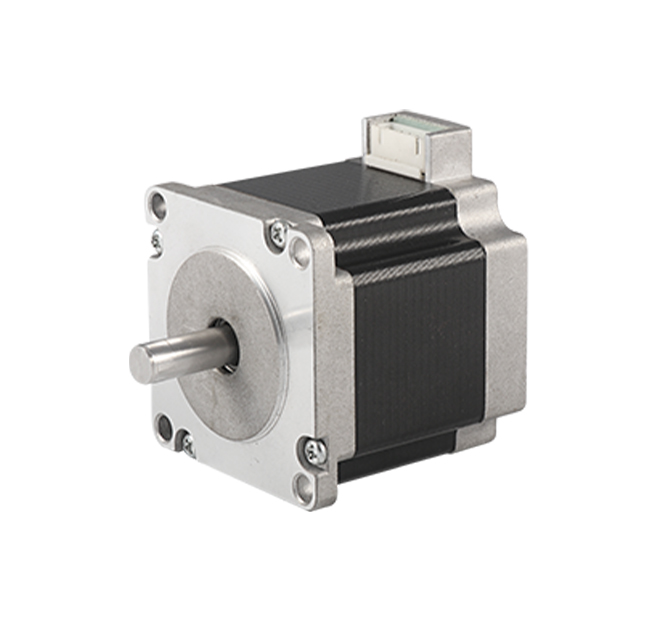Time:2025-09-26 Views:0 source:CNC Machining customization source:CNC Machining news

Controlling stress deformation in stamped parts is crucial for ensuring dimensional accuracy and structural integrity in manufacturing processes. Stress deformation often arises from uneven material flow, residual stresses, and inconsistent contact between the workpiece and die during stamping operations. Effective control methods involve a combination of process optimization, tooling design, and material selection.
One key approach is optimizing the stamping process parameters, such as blank holder force, punch speed, and die clearance. Adjusting the blank holder force ensures uniform material distribution, reducing the risk of wrinkling or thinning in critical areas. For example, in deep drawing operations, gradually increasing the blank holder force from the flange to the wall of the part can minimize radial stresses that cause deformation. Similarly, controlling punch speed—slowing it down in areas prone to high strain—allows the material to redistribute more evenly, reducing localized stress concentrations.
Tooling design modifications also play a vital role. Incorporating draw beads or restrainers in the die can regulate material flow, preventing excess material from entering the die cavity and causing buckling. Additionally, using lubricants with appropriate viscosity reduces friction between the material and die, enabling smoother flow and lowering stress buildup. For high-strength materials, which are more susceptible to springback (a common form of stress deformation), dies can be designed with overbending or undercut features to counteract the residual stresses that cause the part to revert to its original shape after stamping.
Material selection is another factor. Choosing materials with consistent mechanical properties, such as uniform tensile strength and elongation, ensures predictable behavior during stamping. Pre-stamping treatments, like annealing, can reduce internal stresses in the raw material, making it more malleable and less prone to deformation. Post-stamping processes, such as stress-relief annealing, are also effective for alleviating residual stresses in critical components, particularly those used in high-precision applications like automotive chassis or aerospace parts.
Read recommendations:
Sealing ring Precision electronic parts
Housing components for recessed downlights Precision electronic parts
Oval Magnetic Hardware Precision electronic parts
CNC Machining Dimension Accuracy
CNC processing factory - Meeting customers' strict requirements for precision